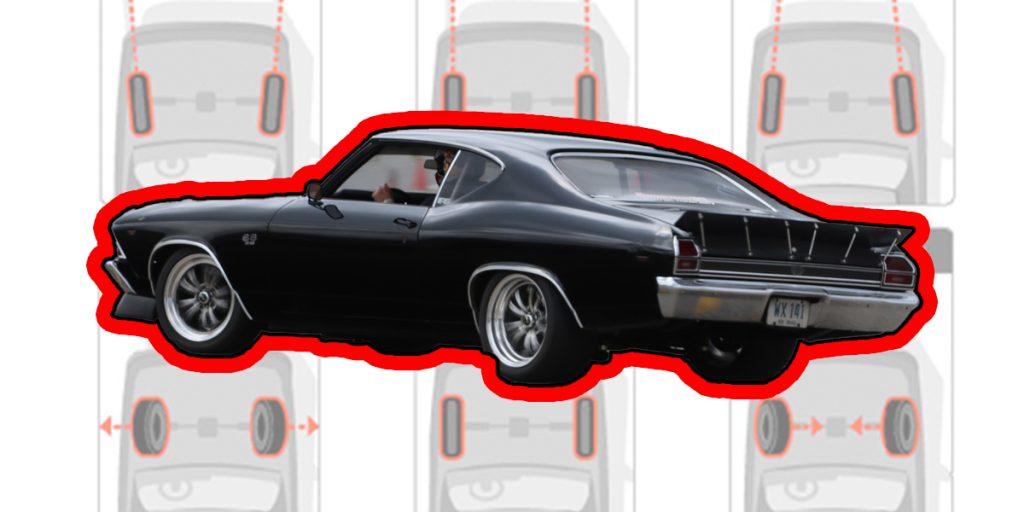Converting Your Nova or Camaro to Four Link Coil Over Suspension
Leaf springs are compact, light, and have been suspending vehicles for hundreds of years and billions of miles. While it’s a tried and true suspension system, there are draw backs to it once you need something more than a basic suspension set up. We see leaf spring rear suspension on Nova’s, Camaro’s, C10’s, and a few other applications.

When you want to take your Nova or Camaro to the next level performance or comfort wise, it makes sense to upgrade to a four link style suspension. Even as little as 10 years ago this would have required a lot of home fabrication to accomplish. Now companies like Detroit Speed carry kits to convert your old leafs to a fancy four link in a weekend.
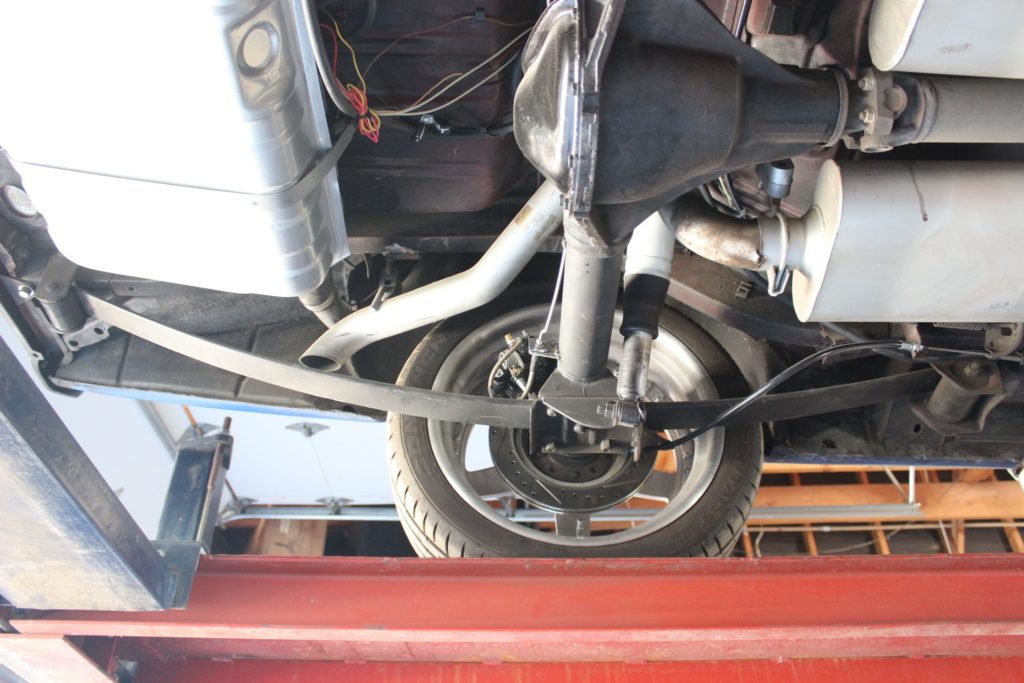
The car shown here is a 1967 Nova. This is the same suspension for all 1962-1967 Novas or a 1967-1969 Camaro. If you have a Second-Gen Camaro the process is about the same but varies slightly. Also, this kit is from Chris Alston Chassisworks, but again the process is similar to the Detroit Speed set up that we offer. In short the process is fairly simple – there’s four new arms to be installed, a set of coil overs, and brackets to attach everything to.
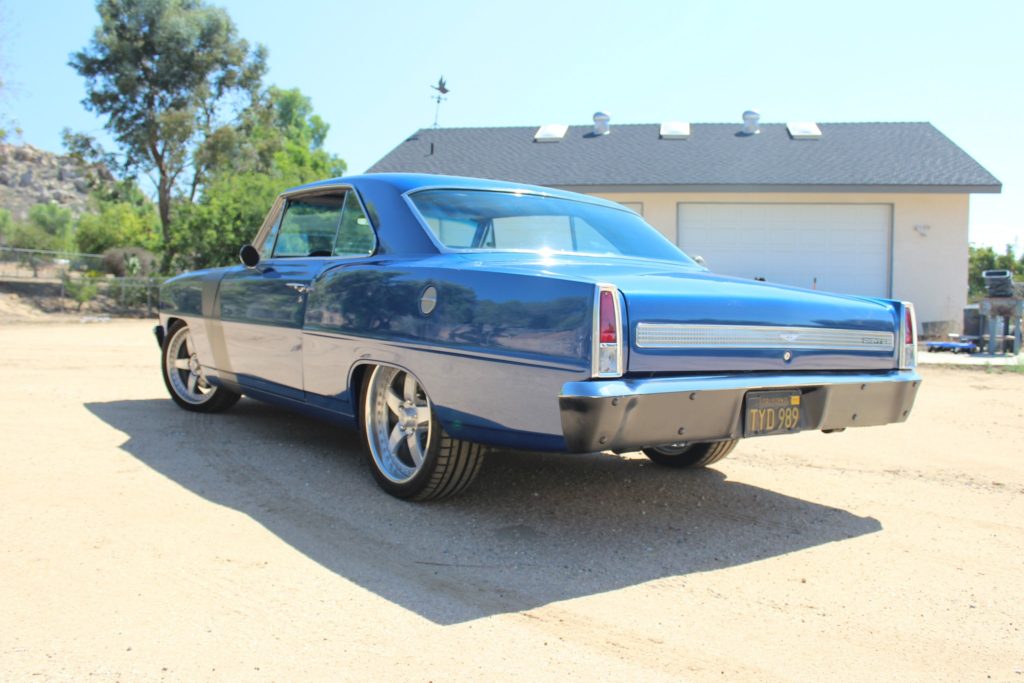
Out With The Old Leaf Springs, In With The New Coil Overs
Naturally the very first step is to remove the factory leaf springs and shocks. We did this installation on a four-post lift, but you could do this on the ground too. We opted to keep the rear in the car the entire time instead of wrestling it in and out and to show that you can do this on your garage floor.



After getting the car in the air and getting the weight off the rear, we popped the shocks off, followed by the leaf springs and the shackles in the rear. There are two main brackets that not only provide mounting points for the upper trailing arms and coil overs, but they also brace the rather flimsy stock rails as well. We test fit both of these numerous times and measured plenty to ensure that we had them in the right spot before welding them into place.
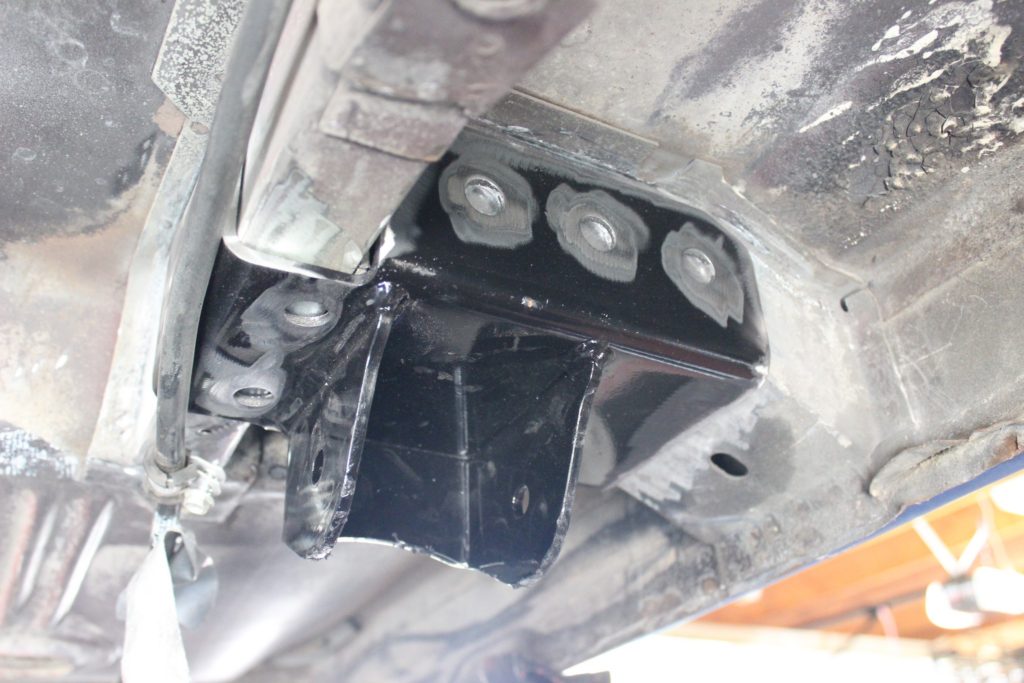
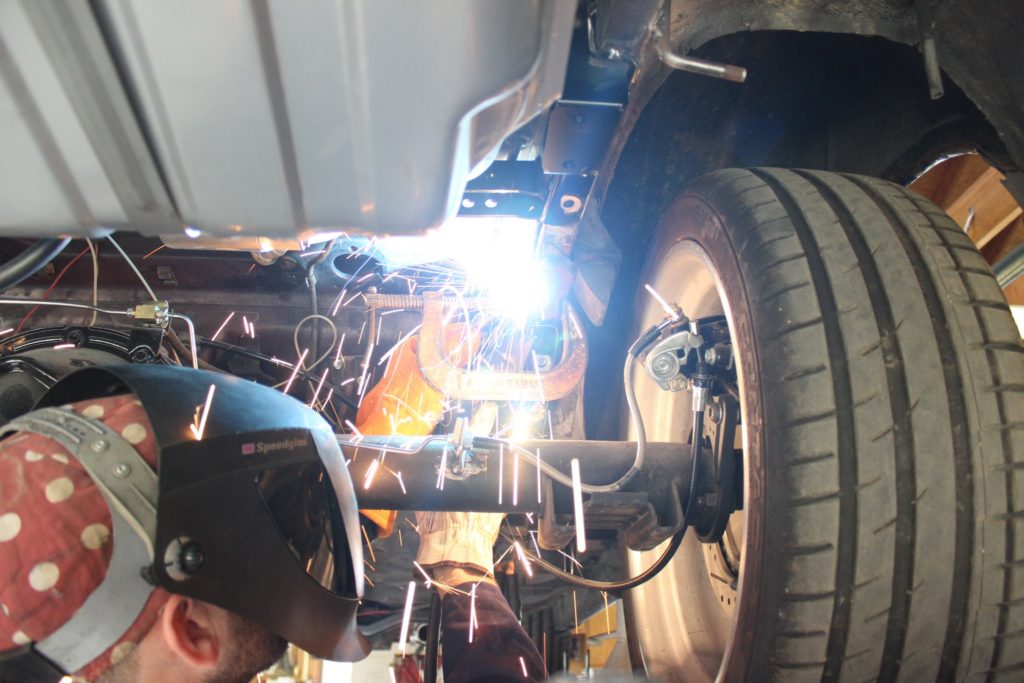
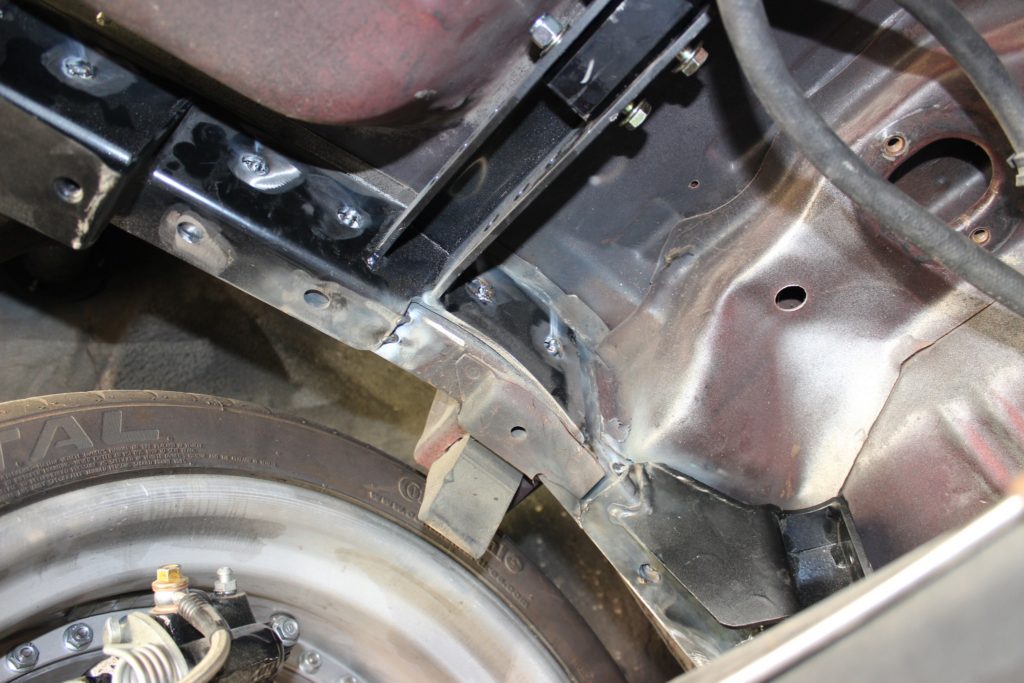
Where the leaf springs mount to the body/frame in the front, we had to remove that bracket and weld in a much stronger bracket to mount the lower trailing arms. This new bracket ties into the frame rails and overall reinforces the old weak area. The last bit of welding that was required was to weld the upper trailing arm mounts to the rear, which was easy with the provided jig.

With the welding done, it was time to bolt everything together! We started by bolting on the lower trailing arm bracket to the rear. This mounts the trailing arm and the coil over as well. Then we bolted in all four trailing arms. The uppers on this kit are adjustable so we spent time making sure they were the right lengths to center the rear and for the correct pinion angle.
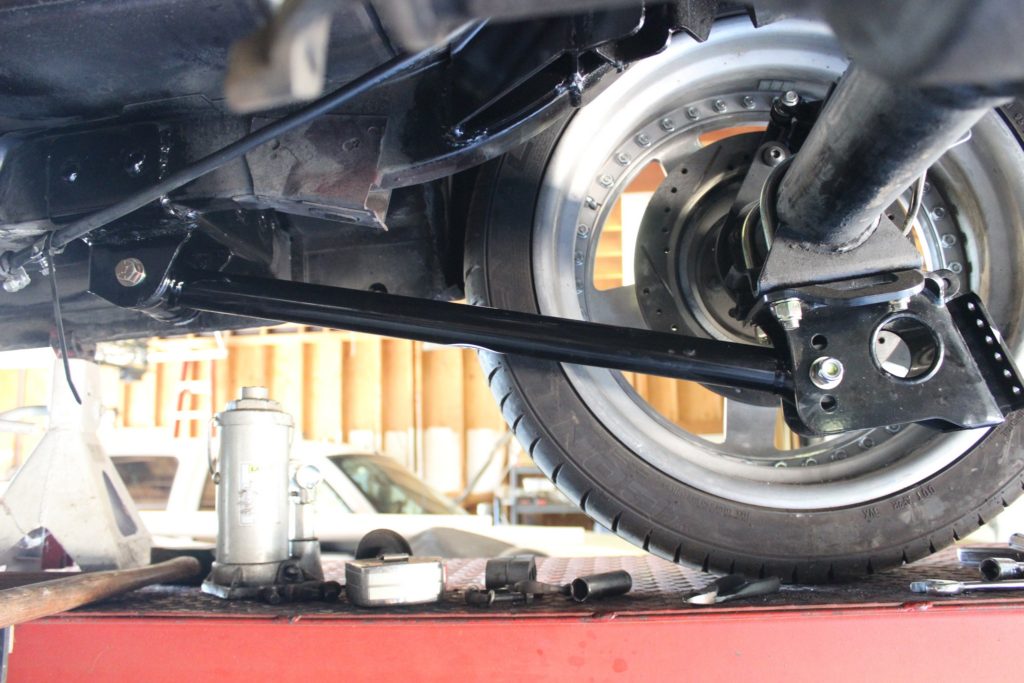

We then bolted in the rear Varishock coil overs on each side. The last step was to install the rear adjustable sway bar.
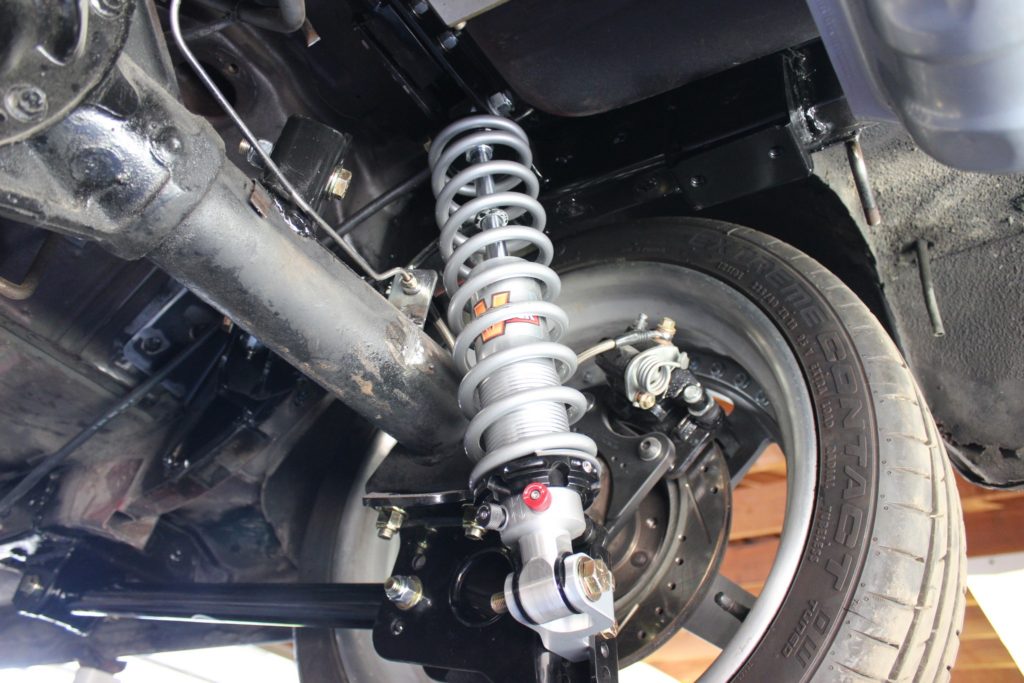

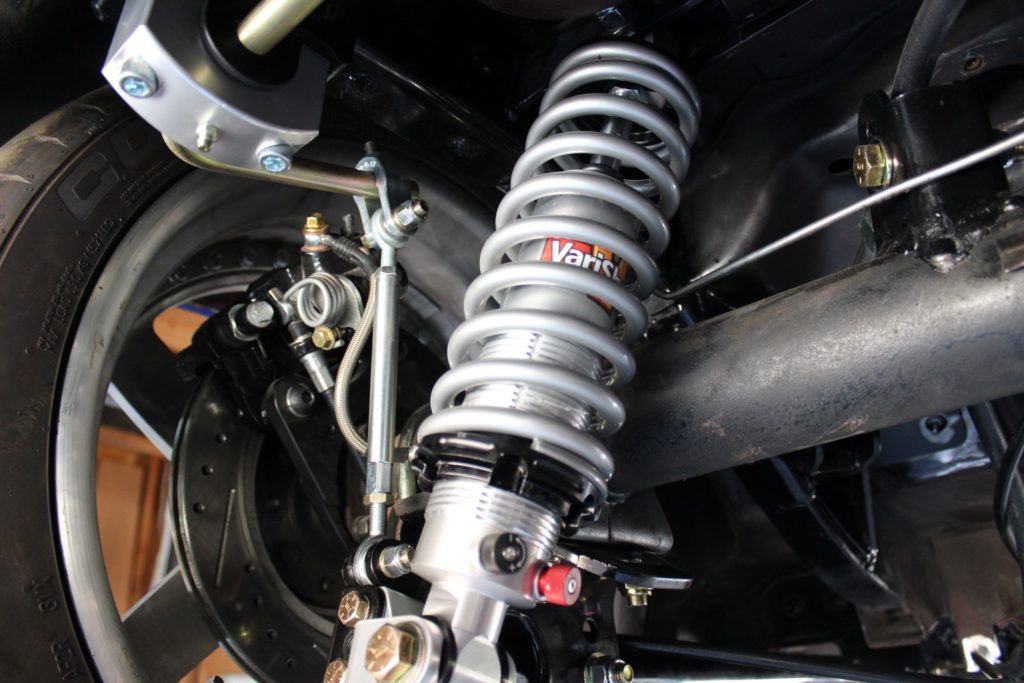
The before and after of driving with leaf springs to a four link coil over is truly a night and day difference. Before the rear end tended to hop around under hard acceleration and there wasn’t much confidence hitting a corner with speed. Now the rear end is planted firmly to the ground and is even smoother just cruising around.
If you want to transform your Camaro or Nova, give us a call at (866) 358-2277 and our friendly techs are happy to help you out!


